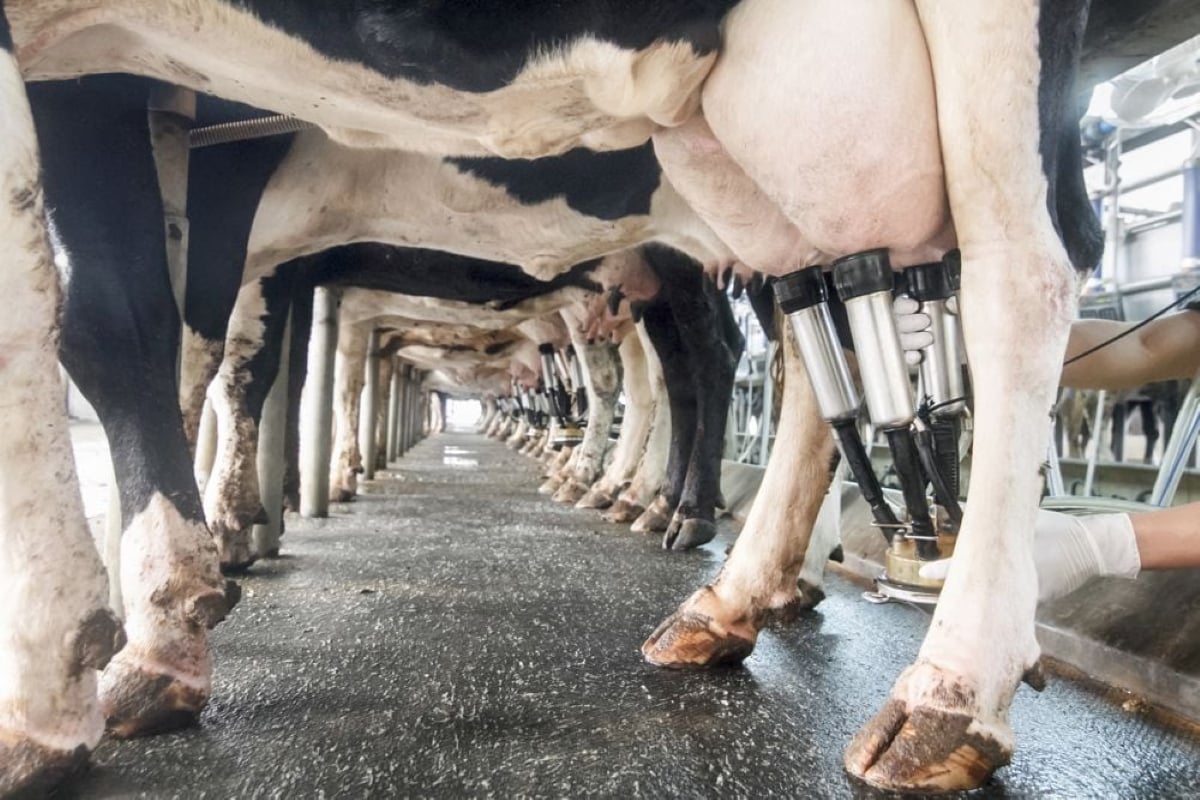Lots of rain fell on much of the province throughout the week to July 18, says Saskatchewan Agriculture’s weekly crop report.
Rain varied from trace amounts to almost 100 millimetres.
Heavy rain over the past couple of weeks has caused crops to lodge and in some areas they remain under flooding stress.
Lentils and peas in many areas of the province are suffering from too much moisture. Diseases and hail have also caused crop damage.
Almost all crop development is at or ahead of normal maturity.
Read Also

Farm gate milk price to rise in 2026
The Canadian Dairy Commission will raise its farm gate milk price by 2.3255 per cent in February, the Crown corporation announced on Friday.
In fall cereals, only one percent is behind while six percent of spring cereals, oilseeds and pulses are behind.
Provincially, cropland topsoil moisture is rated as 22 percent surplus, 76 percent adequate and two percent short.
Hay land and pasture topsoil moisture is rated as 11 percent surplus, 86 percent adequate and three percent short.
Farmers are busy with haying operations and controlling diseases and insect, the report said.
Livestock producers continue with haying operations, although frequent rain and high humidity have slowed progress.
Twenty-two percent of the hay crop has been cut and 28 percent is baled or put into silage. The five year average (2011-15) for hay progress is 23 percent cut and 40 percent baled or put into silage.
Average dryland hay yields for the province are 1.6 tons per acre for alfalfa, 1.5 tons per acre for alfalfa/bromegrass, 1.3 tons per acre for other tame hay and 2.2 tons per acre for greenfeed, the report said.
Dryland hay yields are slightly above the five- and 10-year averages of 1.4 tons per acre overall. Irrigated hay is estimated at 2.2 tons per acre for alfalfa and 2.3 tons per acre for alfalfa/bromegrass.
Hay quality is rated as nine percent excellent, 62 percent good, 26 percent fair and three percent poor.
Despite the rain and humidity slowing down cutting and baling, the standing hay crop remains in good condition due to favourable growing conditions, the report said.













